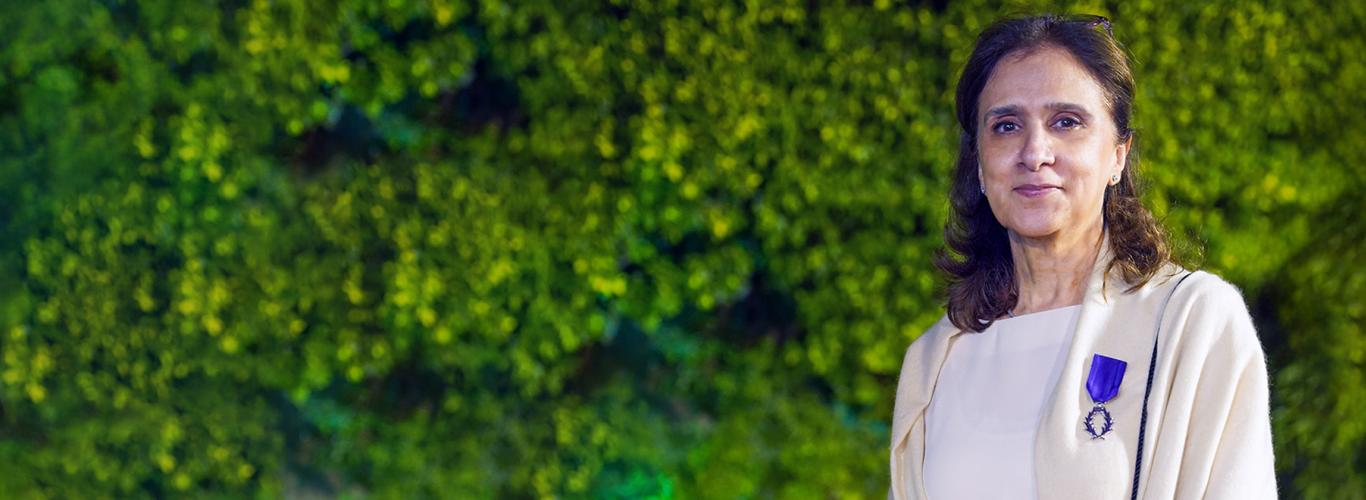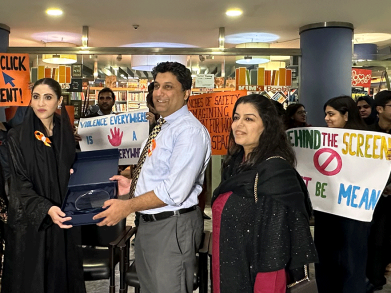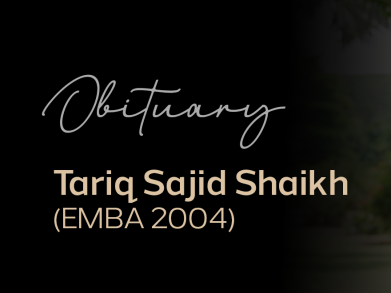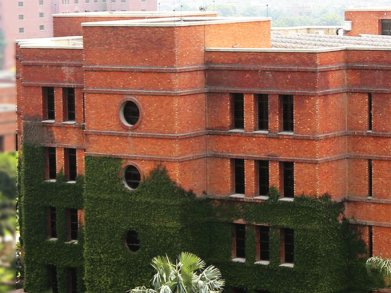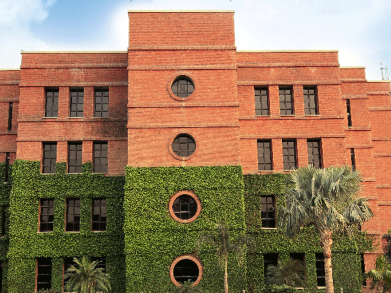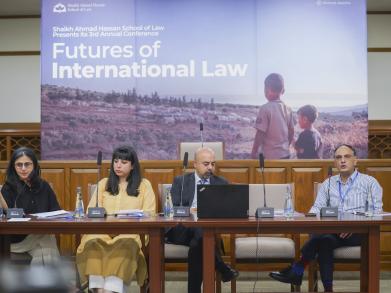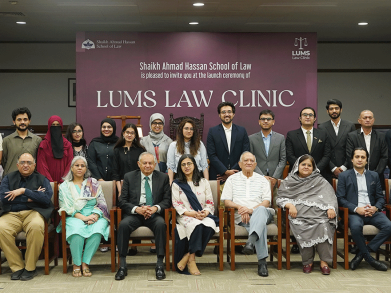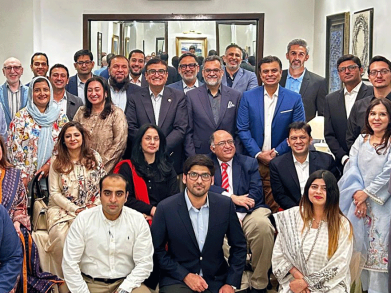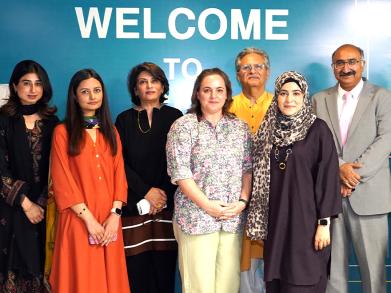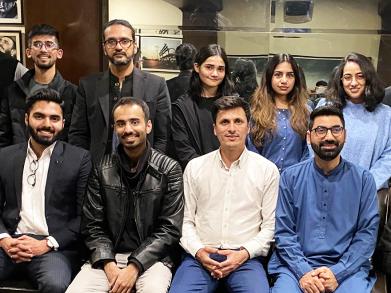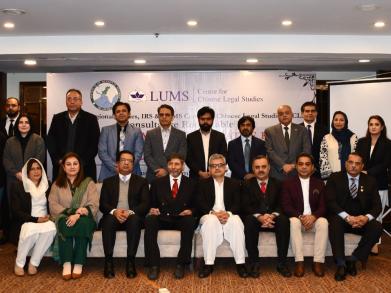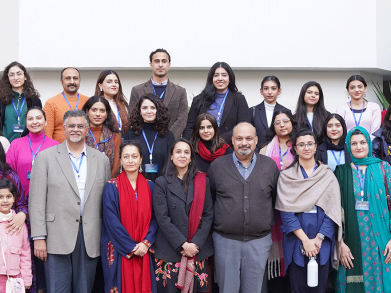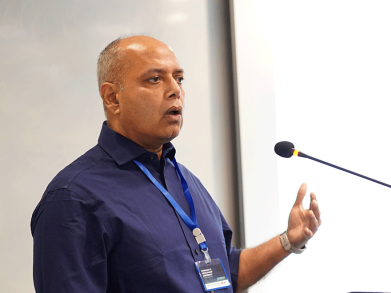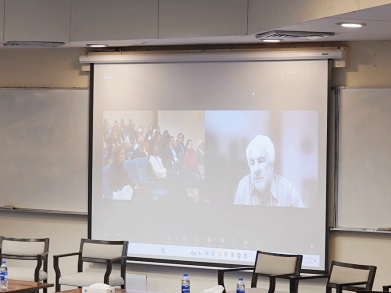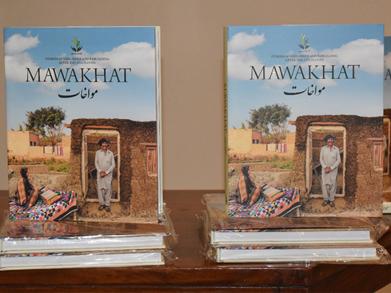Félicitations to Dr. Nadhra Shahbaz Khan for Being Honoured with France’s Prestigious Palmes Académiques
LUMS proudly celebrates Dr. Nadhra Shahbaz Khan, Associate Professor of Art History, for receiving the Ordre des Palmes Académiques, one of France’s highest honours. Established by Napoleon Bonaparte in 1808, this distinction is awarded to individuals who have made outstanding contributions to academia and cultural preservation.
Dr. Khan is a specialist in the history of art and architecture of the Punjab, focusing on Mughal, Sikh, and colonial-era visual culture. She has held research fellowships at SOAS London, Princeton University, Oxford University, INHA Paris, and Harvard’s Lakshmi Mittal South Asia Institute. Her work emphasises understanding heritage and culture through art and architecture, exploring how cultural identity is reflected in our world.
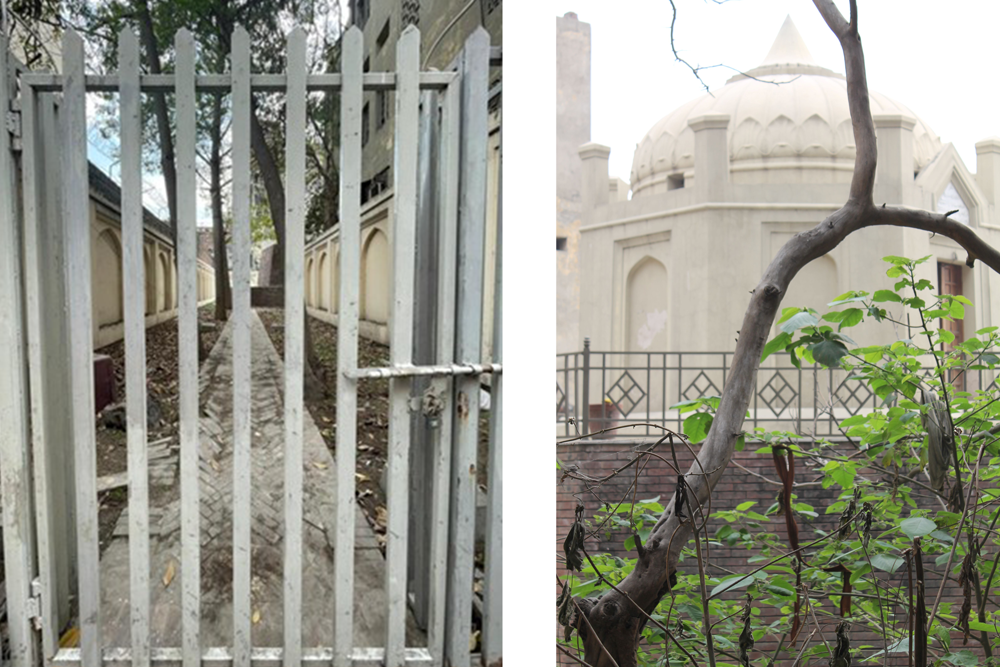
For Dr. Khan, Lahore is a city of stories. She believes they are hidden in its streets, its buildings, and its monuments. One such story is that of Kuri Bagh (Daughter's Garden). Nestled between bustling streets and modern high-rises in Old Anarkali, this funerary monument stands as a testament to a father’s love. Built by General Jean-François Allard to honour his young daughter Marie Charlotte, who died in infancy. Over time, the city grew, and Kuri Bagh was nearly lost to history, enveloped by commercial buildings.
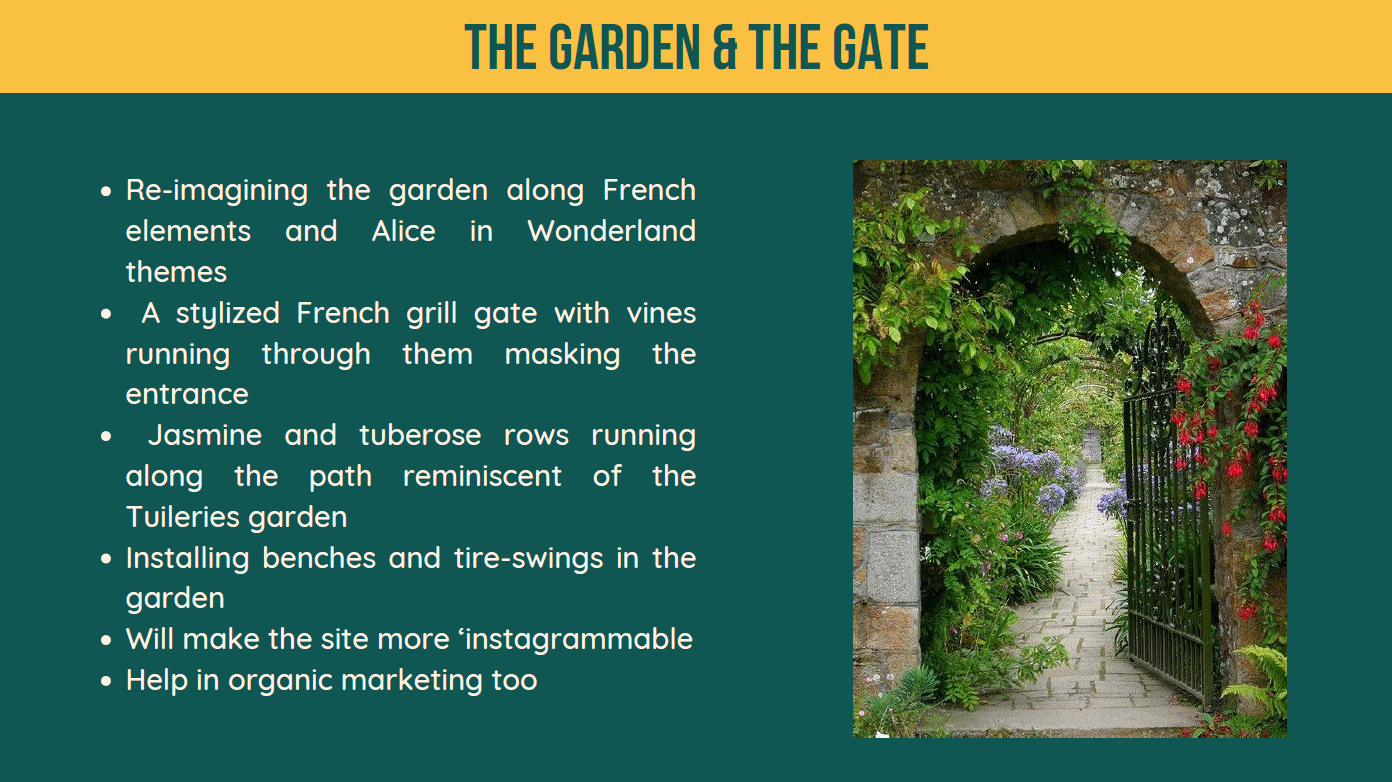
Under Dr. Khan's guidance, her students took on a class project to reimagine this forgotten space. They explored ways to revive Kuri Bagh’s significance through initiatives that focused on storytelling, cultural connections, and preservation. The students proposed ideas such as transforming Kuri Bagh into a space reminiscent of a secret garden, integrating French elements with local aesthetics, and adding interactive experiences like guided tours, storytelling sessions, and puppet shows to engage the community. Their work showcased how overlooked stories could be brought back to life, inspiring a sense of pride in our heritage and encouraging communities to preserve cultural landmarks for future generations.
This initiative sparked conversations beyond the classroom, reaching the French Embassy and ultimately leading to several discussions and presentations with the French Cultural Attaché and Jean-Marie Lafont, an eminent French historian who brought this tomb to attention in the 1980s. Her 2022 class of French Art showcased their creative projects in a well-curated exhibition at LUMS highlighting multiple themes connecting Pakistani and French art and aesthetics.
At a special ceremony on February 22, hosted by Alliance Française in Lahore, Dr. Khan was officially recognised for her "exceptional talent and services rendered to French culture."
Speaking at the event, she remarked, "This award has boosted my confidence in my work and the significance of learning and teaching art history, a discipline sometimes not taken very seriously. For me, art history has been instrumental in shaping my worldview, of introducing me to different cultures and belief systems, to people otherwise I would not have known. These acts of acknowledgement pave the way for connecting with not only our history and heritage, but also teaches us to celebrate shared values for a more inclusive present and a promising future. This has given my energy a new surge, and each bit of it will be spent in researching, teaching, and enjoying this priceless award."
In 2023, Dr. Khan's work on Sikh Virsa was also recognised by the Times Higher Education (THE) Awards Asia, where she was honoured for her contributions to advancing the humanities. Her book, Maharaja Ranjit Singh’s Samādhi in Lahore: A Summation of Sikh Architectural and Decorative Practices, has been widely acclaimed for bringing Sikh-era monuments to the forefront of heritage discussions in Pakistan.
Her work being recognised on such global platforms is a testament to the importance of the humanities in bridging cultures, preserving shared histories, and ensuring that forgotten stories are brought back to life. It is a reminder that our history matters—an enduring source of pride in who we are and where we come from.

